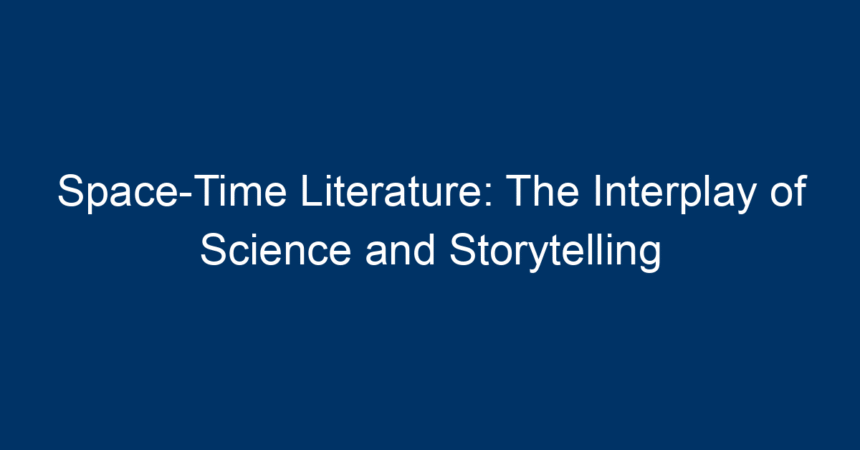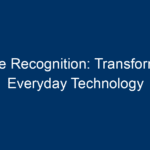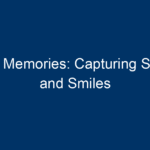In the vivid tapestry of literature, few themes capture the imagination as profoundly as the intricate concept of space and time. Space-Time Literature blurs the lines between scientific theory and narrative art, weaving together the complexities of the universe with rich storytelling. From classic texts to modern sci-fi epics, the exploration of these two dimensions reveals not only the structure of our universe but also the inner worlds of human experience. This article delves deep into space-time literature, exploring its historical roots, thematic significance, and lasting impact on modern storytelling.
The Historical Context of Space-Time Literature
Origins in Scientific Theory
The origins of space-time literature can be traced back to groundbreaking scientific theories in physics, particularly the advent of Albert Einstein’s theory of relativity in the early 20th century. Einstein’s radical ideas transformed our understanding of space and time, suggesting they are not separate entities but intertwined in a single continuum. This notion influenced not just scientists, but also writers and philosophers who sought to explore these themes in their works.
Literary Milestones
From H.G. Wells’ "The Time Machine," which introduced readers to the concept of time travel, to Kurt Vonnegut’s "Slaughterhouse-Five," where the nonlinear structure reflects the protagonist’s perception of time, various authors have used space-time notions to challenge traditional narrative forms. These literary milestones not only engage readers intellectually but also evoke emotional responses by placing human experiences against the backdrop of vast cosmic theories.
Thematic Exploration in Space-Time Literature
The Nature of Reality
One of the core themes in space-time literature is the nature of reality itself. Writers often question what is real when time can be manipulated or when different dimensions of existence are explored. In works like "Flatland" by Edwin A. Abbott, readers are invited into a two-dimensional world, encouraging them to consider perspectives beyond their own. This theme encourages deep reflection on how our understanding of reality is shaped and limited by our perceptions.
Time Travel and Alternate Histories
The concept of time travel is a prevalent motif in space-time literature. It allows authors to explore alternate histories and the consequences of choices. Books such as "11/22/63" by Stephen King delve into pivotal moments in history, examining how small changes can ripple through time and alter the course of events dramatically. These narratives challenge readers to consider the weight of their decisions and how they shape historical and personal trajectories.
Interconnectedness of Characters and Events
Space-time literature often emphasizes the interconnectedness of characters across different times and spaces. This theme resonates deeply with readers as it reflects real human experiences of love, grief, and redemption. For instance, in "Cloud Atlas" by David Mitchell, the narratives span different eras and locations, highlighting how the actions of one character resonate through time and space. Such connections remind us that individual stories contribute to the broader human experience.
Space-Time Literature in Modern Media
The Rise of Science Fiction
As technology evolves, so does the portrayal of space-time themes in literature and other media. The science fiction genre has become a rich playground for exploring these concepts, as seen in works like "Interstellar" and "The Martian." These narratives merge scientific principles with imagination, inspiring audiences to ponder their future in a universe governed by the laws of physics.
Television and Film Adaptations
Television and film adaptations of space-time literature have further popularized these themes. Series like "Doctor Who" and movies like "Inception" challenge viewers to understand complex notions of time while providing thrilling escapism. This synergy between literature and visual media allows for broader interpretations and connections, further embedding space-time concepts into popular culture.
The Influence of Space-Time Literature on Society
Philosophical Reflections
Space-time literature often prompts philosophical reflections on existence and consciousness. By engaging with complex theories, readers are invited to consider deeper questions about humanity’s place in the universe. This intersection of science and literature inspires a sense of wonder and curiosity, urging individuals to explore the cosmos and their own inner landscapes.
Educational Implications
In educational contexts, space-time literature can act as a bridge between science and the humanities. Educators utilize these narratives to foster a greater understanding of scientific concepts while enhancing critical thinking and creativity in students. By integrating storytelling with scientific education, we can inspire future generations to explore the wonders of the universe.
Actionable Insights for Readers and Writers
Embrace Multidimensional Storytelling
For aspiring writers, incorporating elements of space and time into narratives can create rich, multifaceted stories. Experimenting with nonlinear timelines, diverse perspectives, and imaginative worlds can captivate readers while prompting them to consider broader themes.
Read Widely Across Genres
Readers interested in space-time literature should explore a variety of genres. Delving into science fiction, fantasy, and even historical fiction can provide numerous insights into how different authors tackle the concepts of space and time. Engaging with diverse narratives can enhance one’s understanding and appreciation of the interconnectedness of human experiences.
Foster Curiosity About Science
Lastly, fostering an ongoing curiosity about scientific theories related to space and time can enrich one’s reading experience. Understanding the basics of relativity and quantum mechanics, for example, can add depth to one’s interpretation of a story. Educational resources, documentaries, and courses can provide foundational knowledge to complement literary exploration.
Conclusion: The Ongoing Dialogue Between Science and Storytelling
Space-time literature serves as a remarkable bridge connecting scientific exploration with the human experience, enriching our understanding of both. It invites us to ponder the nature of reality, the implications of our choices, and the interconnectivity of human lives across time. By continuing to engage with these themes, both readers and writers can contribute to an ongoing dialogue about the universe and our place within it. Embrace the journey, and let the exploration of space-time literature inspire your understanding of the cosmos and the stories that shape our shared reality.
In an era where science and storytelling increasingly converge, the opportunities for creativity and understanding are limitless. Dive into the world of space-time literature, and discover the boundless narratives just waiting to be explored.




